LG Revolution: LTE for the Masses
by Vivek Gowri & Brian Klug on June 21, 2011 5:55 AM EST- Posted in
- Smartphones
- Verizon
- LTE
- Mobile
- LG Revolution
The Revolution, like the Thunderbolt and Optimus 2X, is still running Froyo, specifically Android 2.2.2. It’s skinned, and has much the same UI as the Optimus 2X. I’m a huge proponent of manufacturers using the stock Android UI, but unfortunately, nobody seems to use it anymore other than T-Mobile and Google.
Brian covered this in depth in his Optimus 2X review, and almost all of it is true for the Revolution as well. I really didn’t like the fixed dock options at the bottom of the homescreen, as well as the separate category for downloaded apps. The latter makes absolutely no sense to me, and it ends up being annoying every time you want to open an app you downloaded.
The other thing that is pretty annoying to me is that the fonts in the phone and messaging apps are huge, resulting in a lot of wasted space that could be better utilized. It’s not just LG that does this, Samsung has some similar issues as well with TouchWiz, and it makes me wonder why manufacturers feel the need to mess with the standard Android UI. The reason all the manufacturers give is so that they can be unique, but other than HTC's Sense, I haven't really used a UI overlay that actually makes Android a better operating system. Is uniqueness really more important than competence? Apparently so...
At the same time, I’d like to register my astonishment that flagship level Android devices are still releasing with Froyo, 7 months after Gingerbread went public. None of the three currently-for-sale Verizon LTE devices have Gingerbread yet, and given that the Motorola Droid X2 released with Froyo, even the forthcoming Droid Bionic might as well. Come on guys, we’re supposed to get Android 4.0 in a few months, get it in gear.
LG has a bunch of preloaded software on here, including Polaris Office, Kindle, Blockbuster, Bitpop, Let’s Golf 2, Rhapsody, Rockband, Slacker, TuneWiki, special LG versions of Facebook and Twitter, Verizon’s Mobile IM client for AIM, Yahoo, and WLM, a host of Verizon and VCAST services, and a few of LG’s own applications for Weather and Finance. But by far, the headline application here is Netflix.
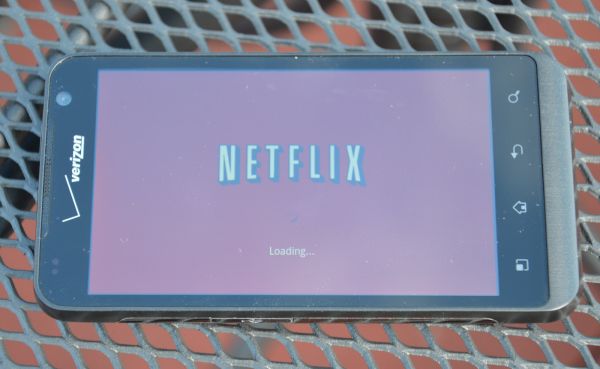
The Revolution is one of seven phones that support Netflix, the others being the Motorola Droid and Droid X, HTC Incredible, Nexus One, Nexus S, G2, and Casio’s G’xOne Commando (a semi-rugged Verizon phone in the vein of the Motorola Defy). Considering that lack of Netflix support is a commonly cited fault with Android, it’s a relatively big deal.
The Netflix app itself is decent, though I do like the user interface of the iOS and Windows Phone 7 apps better. They’re just cleaner and more elegant to use, but the core functionality is the same, and video looks great on the Revolution. LTE is a perfect match for streaming video, the increased bandwidth means you never see slowdowns. Granted, streaming Netflix on the go basically flies in the face of bandwidth caps that carriers are enforcing, but it works rather well if you want to do it.
I noticed a little bit of the instability that Brian saw in the Optimus 2X, but it looks like LG has fixed a vast majority of it. I never had issues with the messaging or phone apps, but I had a couple of browser crashes during battery life runs, and maybe one or two isolated crashes deep in the settings and testing menus. Overall though, it was pretty stable.


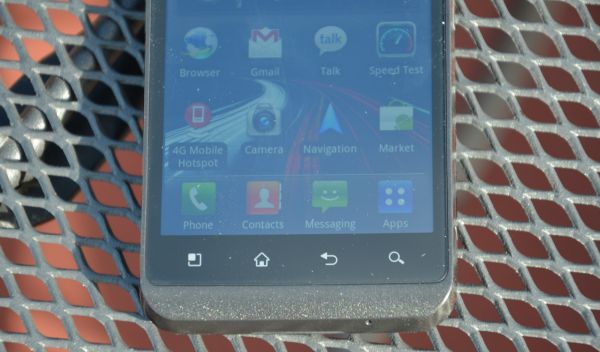
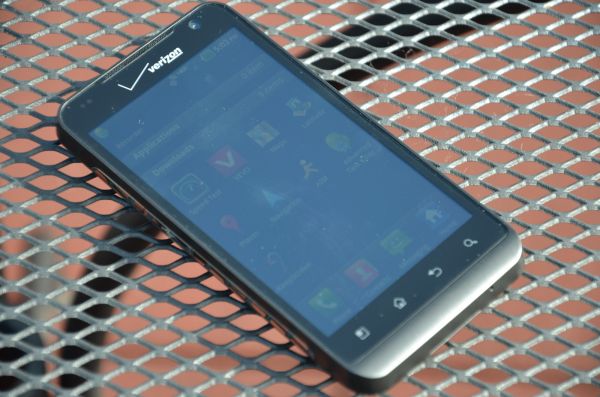
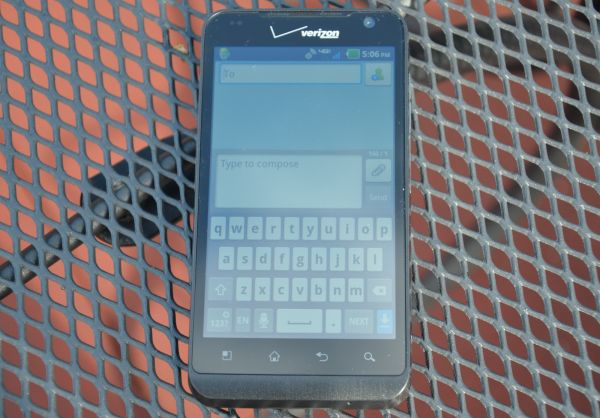
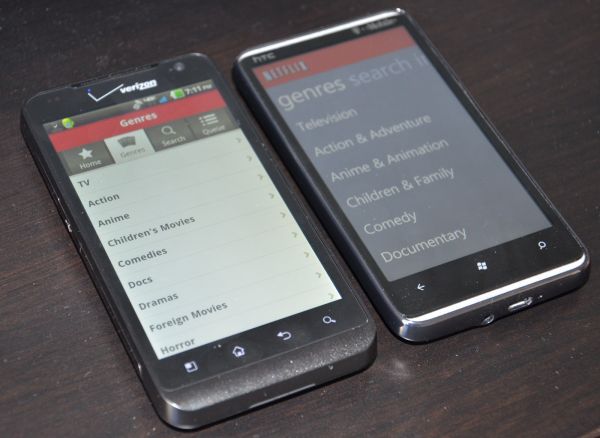








24 Comments
View All Comments
Spoogie - Tuesday, June 21, 2011 - link
In spite of the hype, I’m also turned off by 4G but for different reasons than battery life, though it is also an important consideration.When I purchased a 4G modem in January from Verizon, the connection was intermittent. And it would be down completely while searching for backup 3G… totally unacceptable. Verizon claimed that it should be a good connection based on the geography (Bay Area). Tech support was no help.
Recently I was in the market for a new phone, and while standing in the Verizon store admiring the Samsung Charge, low and behold the phone lost connectivity… while the 3G phones right next to it just hummed right along.
This led me to do some further investigating, and others report similar experiences, such as PhoneDog, who claims he has spotty performance with 4G in Philly and believes it isn’t ready for prime.
Although this doesn't exactly constitute a scientific study, I have no faith in it.
VivekGowri - Tuesday, June 21, 2011 - link
I don't know, I haven't tested LTE anywhere other than Seattle, but I've got coverage basically everywhere I've gone here. Once you head up into the northern parts of the area, to Everett and such, I've lost 4G, but the EVDO handover works pretty seamlessly. Signal strength was usually pretty good too, I was impressed.Impulses - Tuesday, June 21, 2011 - link
Sprint's Wimax may not boast LTE's impressive speeds across most markets, but at least you can seamlessly turn it off/on at the flick of a widget, right out of the box, which makes it easier to preserve battery life when you need to.I've got a question, do VZW LTE phones constantly poll the LTE radio even when outside of LTE markets or is there some software list that shuts them off completely outside LTE markets?
I'm particularly curious because PR isn't likely to have true 4G for a while, yet the carriers sell the very same phones here... Sprint has started testing Wimax in some areas (which is curious since this isn't a Clearwire market), but it seems they're still a long way off before any kind of solid announcement.
In the metro area they're literally just testing it on a handful of towers, and it isn't even on all the time... I guess it might be part of the procedure for their Vision deployment, even if there aren't any permanent 4G plans.
Impulses - Tuesday, June 21, 2011 - link
Oops, just saw you mentioned the same thing about Wimax on the article... I had only read the first and last page when I posted the comment. My question about how LTE is polled or detected on a stock phone still stands tho.I know you can disable it thru service menus and there's probably an app or two that can make that easier, but not everyone that buys these phones outside LTE markets is gonna go looking for those.
wintermute000 - Tuesday, June 21, 2011 - link
for now, good quality HSDPA+ is fine (Telstra user in Australia).Most modern droids can get theoretical 14M down, in practice being able to consistently pull down 1Mb+ almost anywhere, is good enough for anything but streaming. (I have to admit on some days, streaming podcasts cuts up a bit) but raw throughput is fine. '
I'd rather go dual core now and get the LTE phones in a year or two for that price
jonup - Tuesday, June 21, 2011 - link
Can we get these phones down to 100g? Everytime I pick up my coworkers' iPhones and Droids one thought comes to my mind "Why are you so fat when you hauling this brick all day"?vision33r - Tuesday, June 21, 2011 - link
Everytime I see a Thunderbolt user on the train, it's usually for a hotspot and then I see them busting out the blackberry for emails.Right now these LTE devices are only for IT pros that have the need for the speed and the companies paying for them.
They are like every new tech devices just the 1st to market but not ready for mainstream adoption until they fix the power consumption and size.
2nd gen to 3rd gen will replace 3G devices they will take 5 years to happen.
antef - Tuesday, June 21, 2011 - link
That speed is very impressive for a mobile broadband network but honestly who cares? No activity on your phone is going to make much use of anything beyond a few Mbps for things like streaming video. Can you provide a single instance where you'll notice 3 Mbps vs 18 Mbps except when running the Speed Test app? In addition to that, with Verizon's rumored upcoming 2 GB cap on $30 data plans, the speeds are even less appealing. What we need is better battery life, higher caps (or no caps), and reliable, good enough throughput anywhere you go (~3 Mbps or so), not absolute blistering speeds.DigitalFreak - Tuesday, June 21, 2011 - link
That's why you buy before the cap gets implemented.VivekGowri - Tuesday, June 21, 2011 - link
Streaming video, mostly. LTE is so fast that we've gone back to smartphone browsing being limited by how fast the phones can render pages.